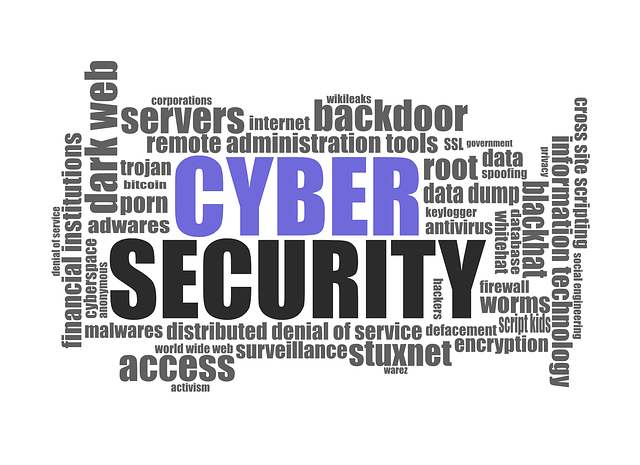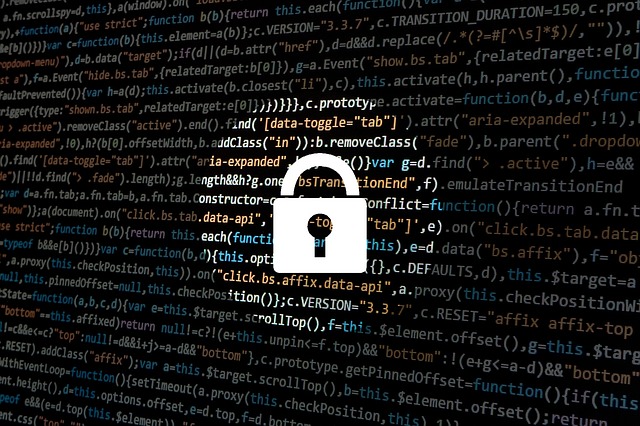
There are many ways in which technology has enriched our lives but, unfortunately, technology can be a cause for a significant amount of concern. Fraud is responsible for many of our worries and, as a result, IT professionals are working around the clock to find ways to protect government, businesses, and the general public. In recent years, it has become incumbent upon the user, the owner of that connected technology, to stay up to date with the latest security.
Current Technology Is Insufficient
Unfortunately, even that doesn’t prevent fraud or theft of intellectual materials. It doesn’t always keep our bank accounts safe and it certainly does nothing to protect our devices from being hacked. However, new technology is addressing the issue and, over time, it is anticipated that many of the problems we now face will be a thing of the past. Some of the technology runs quietly in the background, and some of it relies on consumers, corporate, government and private, to actually use these solutions. The latest advances in anti-fraud technology are actually quite interesting.
It Isn’t Always What You Can See
In a recent case involving a contractor who leaked NSA documents to the press, it was a simple printer that ratted Reality Leigh Winner out to the feds. She printed out documents, leaked those classified documents to the press, and upon close inspection, it was the printer microdots that gave her away. Those microdots invisible to the naked eye were even able to pinpoint what time those documents were printed and from which printer she used to print hard copies.
This is one of the more interesting ways in which technology works in the background as you go about your daily business. Do you remember those old movies where Sherlock Holmes found the killer by inspecting the type on a paper and one key was out of alignment on the typewriter? This goes way beyond that. It’s taking that very same idea and bringing into the 21st century.
Artificial Intelligence to the Rescue
Then there is machine learning which, amazingly enough, is better at spotting fraud than you would imagine. These machines literally teach themselves to advance based on how they are programmed to learn with each bit of new information they access. It is said that large financial institutions will have the funds to have their own on-site AI technology, but smaller banks will probably pay for subscriptions to vendors like FinTech. In any case, it’s also interesting to note that machine learning can get ahead of would-be hackers and stay ahead as they learn how the hackers seek to access those records. There’s no need to wait for security updates and patches because your AI does it quietly in the background for you.
With the use of everything from biometrics (finger scans, retinal scans, etc.) to double layered passwords, techies are making our machines safer by the day. Look for increased use of such things as contactless payments and probabilistic tools to become more prominent in anti-fraud, anti-theft technology. It’s a new world out there and with these advances in technology come increased threats. It’s good knowing that it’s an unbiased machine that has your six, isn’t it?










![Watch Video Now on xiaohongshu.com [以色列Elevatione perfectio X美容仪 perfectio X 全新仪器黑科技了解下]](https://www.techburgeon.com/wp-content/uploads/2019/07/perfectiox-singapore-150x150.jpg)
